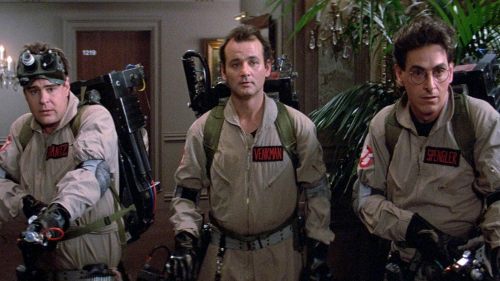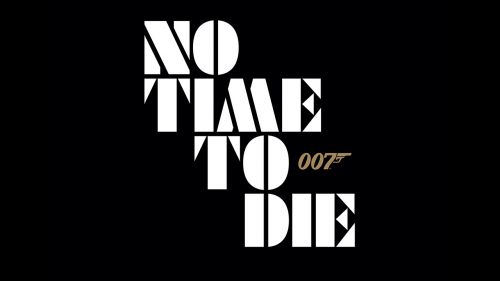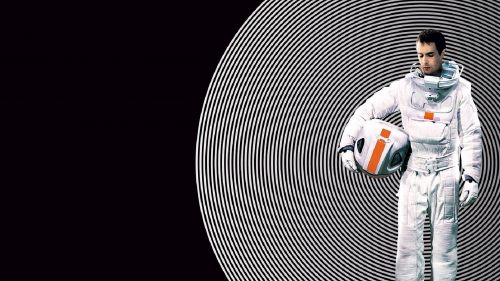BMD Exclusive: Read An Excerpt From Kim Newman’s VIDEO DUNGEON
Kim Newman (author of Anno Dracula - One Thousand Monsters) has been chronicling the highs and lows of horror, cult and sci-fi cinema via his Empire column for years. Now, inspired by that epic feat, Newman has put together a collection of reviews titled Video Dungeon, which is out this week via Titan Books.
We here at BMD were lucky enough to get a peek at Newman's upcoming omnibus, and are able to share this brief capsule covering Frankenstein (1910), just in time for you to enjoy this Halloween Season.
So, sit back and enjoy the delicious writing for a few moments:
Frankenstein (1910)
This thirteen-minute epic from the Edison Manufacturing Company was the first Frankenstein film. Were James Whale or Jack Pierce, who collaborated on the look of the Monster for the famous 1931 film, aware of this? By the early talkie era, such things were already relics – but the built-up brow of the Edison Monster foreshadows Karloff ’s square head, albeit with a cloud of frizzy hair. The resemblance is more apparent in stills than the film – so Pierce and Whale needn’t have seen the film to be influenced by it. J. Searle Dawley – who dashed off films of The House of the Seven Gables, A Christmas Carol, The Corsican Brothers, Tess of the d’Urbervilles, etc. – was in charge of making this radical cut-down of ‘Mary Shelley’s famous novel’, which isn’t so much directed as staged. The camera is locked off and actors gesticulate and posture in front of elementary sets – scarcely a narrative advance on the conjuring trick films Méliès made before the turn of the century. Inter-titles impose interpretations on scenes before they play out – ‘Frankenstein is appalled at his evil creation’ is at once bluntly accurate and subtly ambiguous (is the act of creation evil or the result?). Frankenstein (Augustus Phillips, mature for a med student) bids farewell to his sweetheart (Mary Fuller) and heads for college, where he discovers the secret of life and writes home that he intends to create ‘the most perfect being’. In a study adorned with a skeleton in a chair, Frankenstein whips up a cauldron full of potion which he locks inside a cabinet – another reminder of stage magic tricks. In a sequence surprisingly similar to scenes in Hellraiser, the creature (Charles Ogle) takes form as flesh accrues to a skeleton. When the Monster comes out of the box, Frankenstein is upset by its hideousness and flees home to get married. The creature bothers Frankenstein on his wedding night, prompting a physical tussle between creator and created – the girl, surprisingly, is only lightly menaced, rather than (as in Shelley and Whale) the target. In an ending which predates Nosferatu, the Monster is struck by his own reflection and fades away; his image lingers in the mirror a few moments, until Frankenstein comes into the room and looks at the reflection, which becomes his own. By 1910, Strange Case of Dr. Jekyll and Mr. Hyde was already the most-adapted horror story, and this plays up the doppelgänger theme of Shelley’s novel. Aside from the creation (shot in reverse so the Monster undissolves), Dawley’s most imaginative coup is business with a long mirror in which Monster and Frankenstein are several times reflected, with each catching sight of the other. Though a silent film, this Monster can clearly speak; so it’s frustrating to have no idea what he is saying angrily to his creator when he barges into his house – is he voicing a legitimate grievance or making threats against innocent people? What actually happens at the end? Supposedly, the power of love dispels the Monster, but there’s no fuzzy frame to suggest this might all be a dream – so we have to take what we see literally. Clad in rags, with spindly limbs, big shoulders and a Struwwelpeter hair-tangle, Ogle’s Monster is a screen first, but all the characters are stick figures, since cinema had not yet evolved a way of telling rather than illustrating famous stories.
This is just a taste of what Video Dungeon has to offer. With themed chapters covering new films and re-releases, from Afterdeath to Zombie Shark, from 1915’s Les Vampires to 2016’s The Shallows, over 500 of the cheapest, trashiest, goriest and, occasionally, unexpectedly good films released for the home entertainment market are covered, torn apart and stitched back together again in Kim’s unique style. If you love B-Movies, this is an essential buy. Keep your eyes peeled for a full rundown of the collection soon here on BMD.



